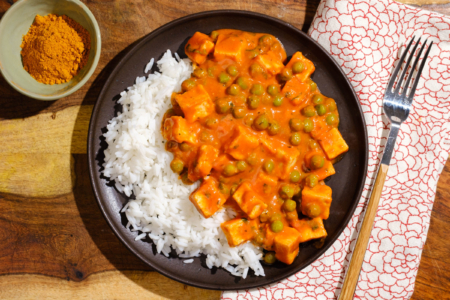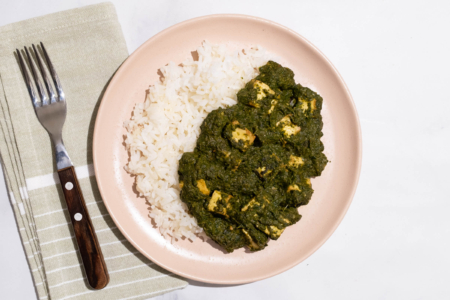Lavash is a soft, flexible flatbread found throughout Central Asia and the Middleeast. Read on to learn more about how it is made and how it’s used in world cuisines.
What is Lavash?
Lavash is traditionally baked in either a tonir, a clay oven, or tava, a disc-like griddle. It uses common baking ingredients like flour, water, sugar, salt, and sometimes yeast. Lightly toasted sesame seeds or poppy seeds are usually dredged over the dough prior to baking to give it a hearty crunch.
Lavash dough is traditionally flattened by hand and slapped over the clay walls of the tonir where they’re baked until the bread is bubbly and easily peels away from the oven wall. While still hot, the lavash is sometimes brushed with butter for added flavor. Today, lavash is baked in modern ovens, frying pans, or griddles.
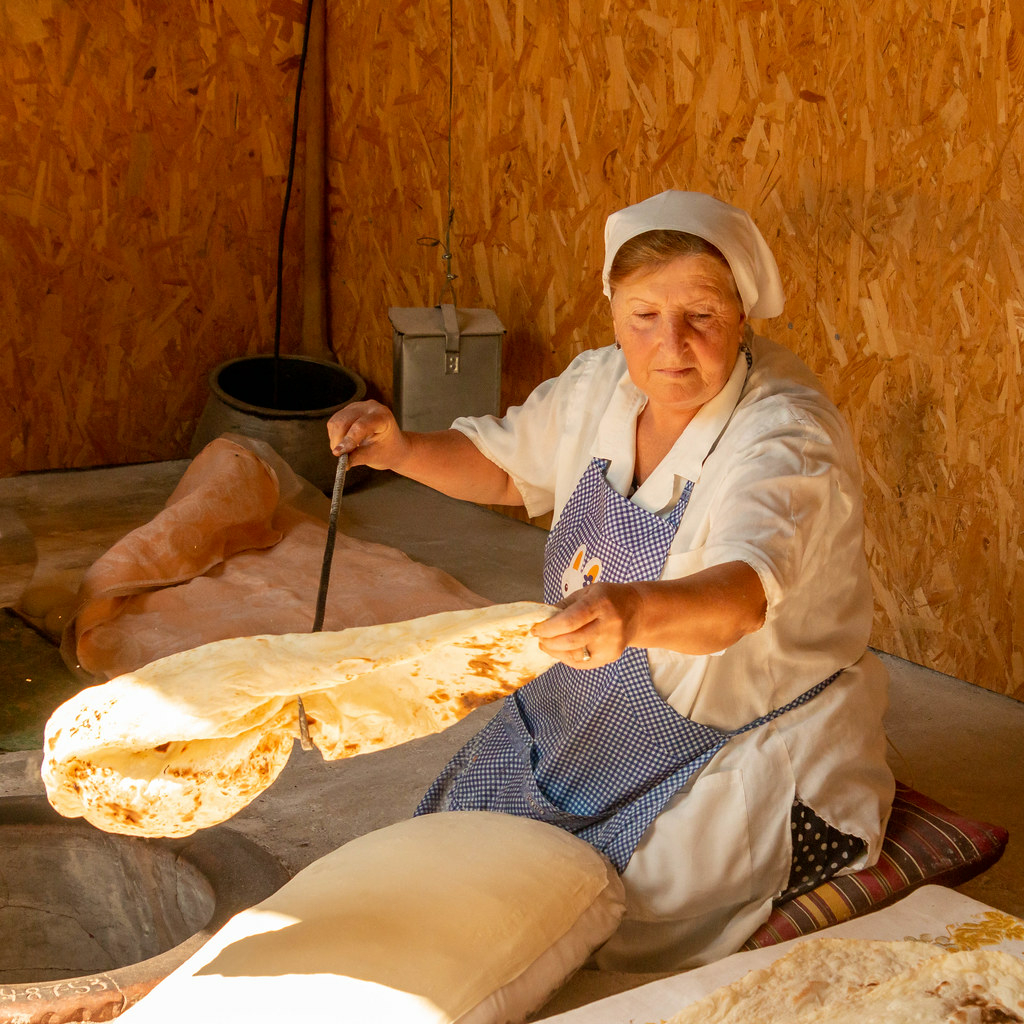
Origin of Lavash
The origin of lavash is quite controversial. While some believe it originated in Armenia, a few claims direct its provenance toward Iran. Currently, many countries consider lavash a regional food, as it’s a staple all around Central Asia including Armenia, Turkmenistan, Azerbaijan, and in Middleeastern countries like Iran, and Turkey.
What Does Lavash Tastes Like?
Lavash is a soft, bubbly, and somewhat crunchy bread. Lavash made traditionally in a clay oven has a nice smoky flavor to it too.
Culinary Uses of Lavash
Fresh lavash is a star component in wraps owing to its soft texture. Armenian cuisine cherishes this bread with almost any dish, from hearty stews to sizzling barbecues, and much more. Khorovats, Armenian meat kebabs, are widely enjoyed wrapped around freshly baked lavash. Khorovats are specially prepared during festivals all around Armenia.
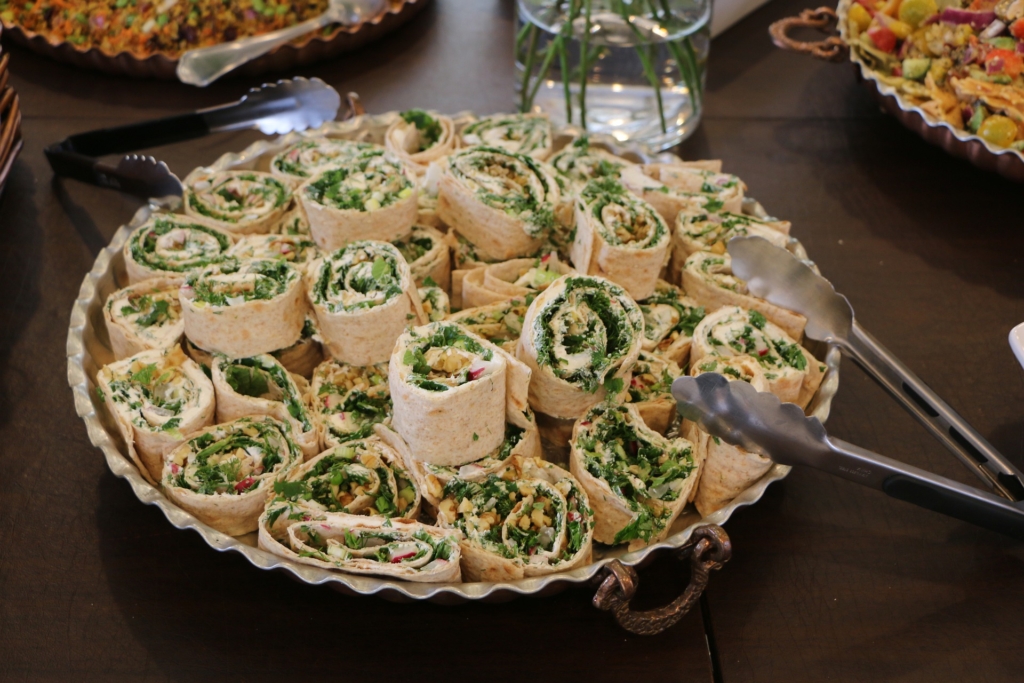
You can try lavash with any of our hearty stew recipes like Chicken with Pomegranate Molasses or Beef Stew. If you’re looking for some vegetarian meals for dipping pieces of lavash in (so yummy), this Red Lentil Stew or Chickpea Stew would be ideal.
Even stale lavash can be utilized. In Armenia it is crumbled and leveraged into a soup called Khash that’s prepared by slow cooking cow trotters until silky and rich. Since lavash dries up quickly, it’s often rehydrated with a light spritz of water, butter, or ghee, followed by a quick reheat in the oven until crisp on the outside and soft on the inside.
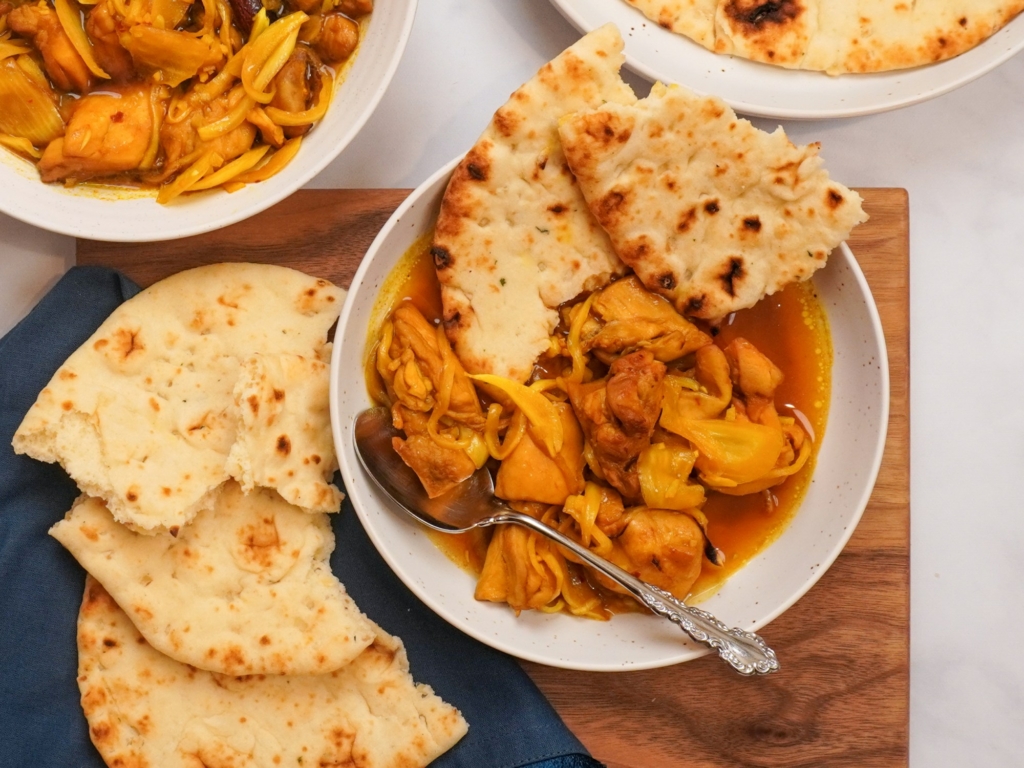
You can simply use lavash in place of flatbreads, especially if you’re craving a softer kind of bread to pair with dishes. And, yes, lavash pizza is another great yet modern option to munch on this traditional bread.


